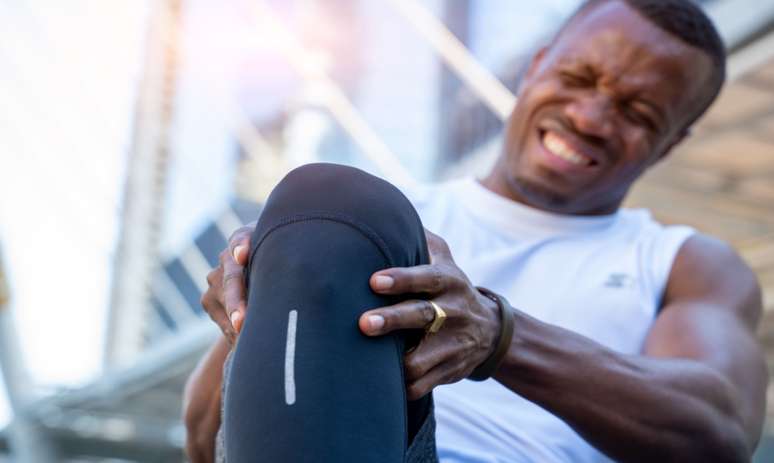Inspired by the Olympic Games, people from all over the world are venturing into solo exercise, which can carry the risk of injury.
The global study “Attitudes to the 2024 Paris Games”, conducted by Ipsos, shows that 55% of people say that the Games personally inspire them to engage in sports activities. The trend is stronger among young people, especially Generation Z (61%) and Millennials (62%). This impact is quite positive. However, amateur athletes must take a number of precautions to avoid injuries.
“The excitement that comes from the Olympics is a great motivation to start exercising, but it is essential that it is done in a safe and gradual way. Many people start exercising without proper planning, which greatly increases the risk of injury,” warns Paulo Zogaib, a physician specializing in sports medicine.
Thus, the visibility of elite athletes inspires, but it also increases the number of people who overdo it and end up getting injured. “We see a significant increase in the number of sports injuries in the post-Olympic period. It is crucial that amateurs understand the importance of professional monitoring and proper training planning to avoid injuries,” the doctor emphasizes.
Using Athletes as Inspiration
In this sense, it is important to emphasize that sports medicine is not limited to the treatment of injuries. This is because it involves preventing health problems and improving the performance of athletes.
Healthcare professionals provide personalized support and ongoing monitoring, ensuring athletes are in optimal condition to exercise.
The same care and attention we see in Olympic athletes can and should be applied to amateur athletes, who have multiplied in Brazil, especially after the last Olympics.
Tips to reduce injury risk in recreational athletes
Paulo provides some recommendations to reduce the risk of injury as an amateur athlete. Watch:
- Warming up properly: Start each running session with a warm-up that includes stretching and muscle strengthening exercises. This prepares the body for physical exertion and helps prevent injuries;
- Use the right equipment: Invest in good quality running shoes that are suited to your foot type and the terrain you run in. Properly fitting shoes provide the support you need and reduce the impact on your joints;
- Plan your workout: avoid overload by gradually adjusting the intensity and volume of training, alternating different types of training (long distances, sprints, intervals). Proper planning helps prevent muscle fatigue and excessive stress;
- Take care of hydration and nutrition: stay hydrated and eat a balanced diet to ensure energy and proper muscle recovery. Proper nutrition is essential for performance and recovery;
- Get medical follow-up: Get regular checkups and see a sports doctor if you notice signs of persistent pain or discomfort. Medical monitoring is essential to identify and treat potential problems before they become serious.
“Prevention is key. There is great inspiration with the Olympics, but we must always remember that the practice of sport must be safe and guided by trained professionals”, concludes the expert.
Source: Terra
Ben Stock is a lifestyle journalist and author at Gossipify. He writes about topics such as health, wellness, travel, food and home decor. He provides practical advice and inspiration to improve well-being, keeps readers up to date with latest lifestyle news and trends, known for his engaging writing style, in-depth analysis and unique perspectives.








